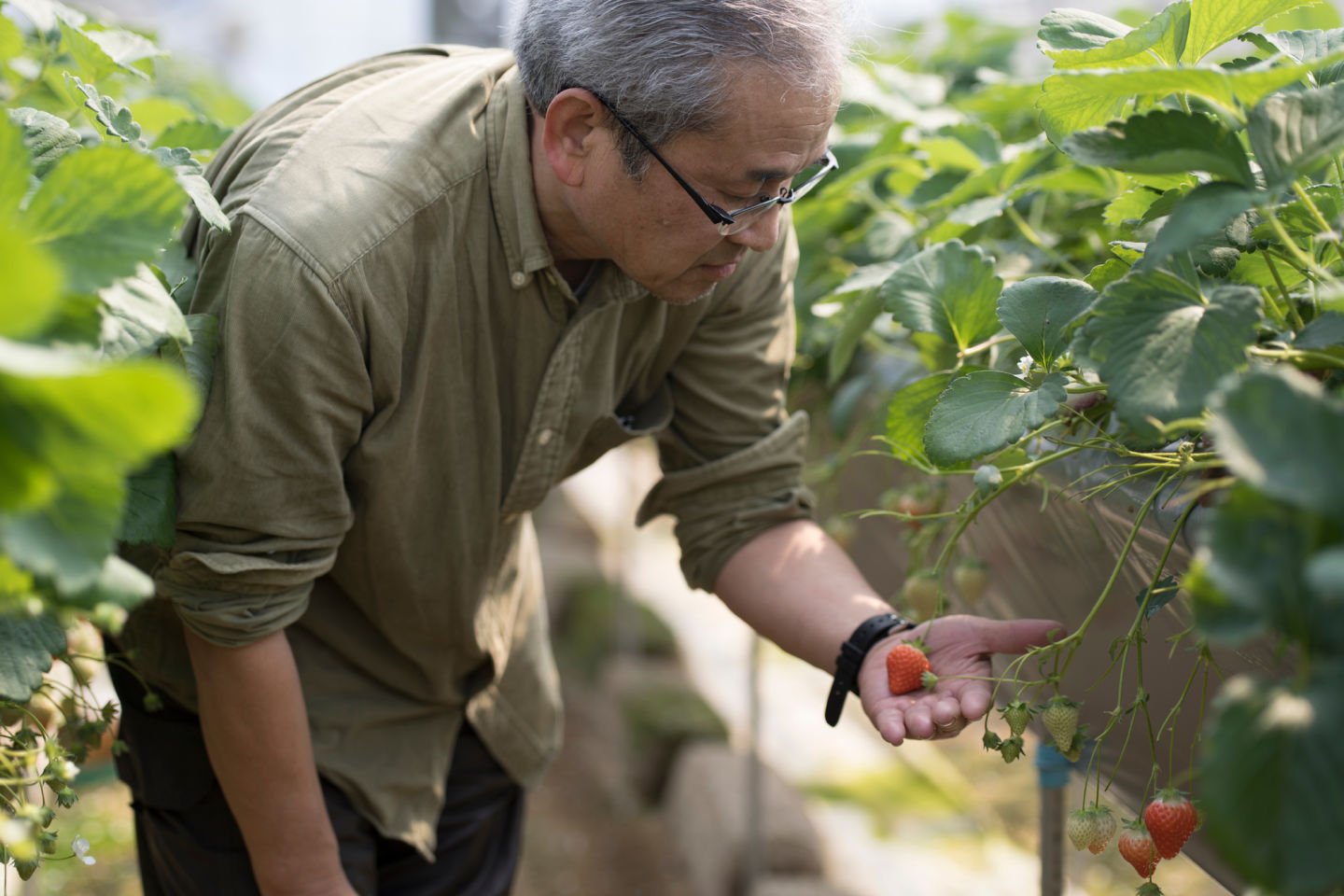Why tasty strawberries are just a sweet memory
Have you ever bitten into a plump, red strawberry, only to find it bland and watery? Here’s why some of them fail the taste test.

Strawberries don’t taste as good as when we were kids. They’ve been losing their flavour while at the same time becoming bigger and more plentiful year-round.
This is because strawberry breeders have been developing fruit that has other marketable properties such as uniform appearance, large size, freedom from disease and long shelf-life.
Focus on these genetic factors means other genes have been lost, including some responsible for flavour.
The balance of sweetness and acidity is very important to the taste of a strawberry. As strawberries ripen, their sugar content rises from about 5% in unripe green fruit to 6–9% on ripening.
At the same time, the acidity decreases, meaning ripe strawberries taste much sweeter. But not always, sadly.
Where’s the flavour and firmness gone? Certain pesticides might be responsible. A team reporting in the American Chemical Society’s Journal of Agricultural and Food Chemistry has found that two common strawberry fungicides can affect cellular mechanisms, creating berries with subdued flavour and sweetness, as well as a lower nutritional value.
Our appreciation of flavour comes from both taste and smell—sweetness often arises from the amount of dissolved glucose or fructose in the fruit, and a unique aroma comes from volatile compounds known as esters and terpenes.
Many fruits are full of nutrients, including vitamin C, folic acid and antioxidants. But because fungicides are designed to disrupt the cellular processes of detrimental fungi, they could accidentally interfere with these processes in crops, inhibiting production of important flavour and nutritional compounds.
Scientists have investigated how two common pesticides used on strawberries—boscalid (BOS) and difenoconazole (DIF)—affect specific molecular pathways in berries.
The researchers grew three groups of strawberries in identical conditions, applying BOS or DIF to two of the groups when the berries were still green. Even after treatment, the fully grown berries were identical in size and colour to those grown without pesticide.
Yet, under the surface, the team found several chemical changes caused by the fungicides:
Soluble sugars and nutrients, such as sucrose and vitamin C, were reduced.
Sugars were converted into acids, further reducing sweetness.
- The amount of volatile compounds changed, subduing the berry's taste and aroma.
Looking more closely, the team found that BOS had a direct effect on the regulation of genes involved in cellular pathways related to producing sugars, volatile compounds, nutrients and amino acids.
In a blind taste test, people consistently preferred the untreated strawberries.
For related reading: Science Daily, Flavor Investigator

